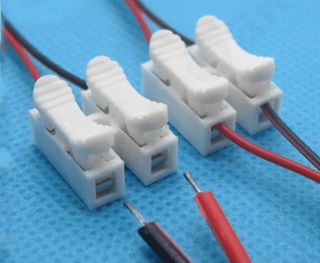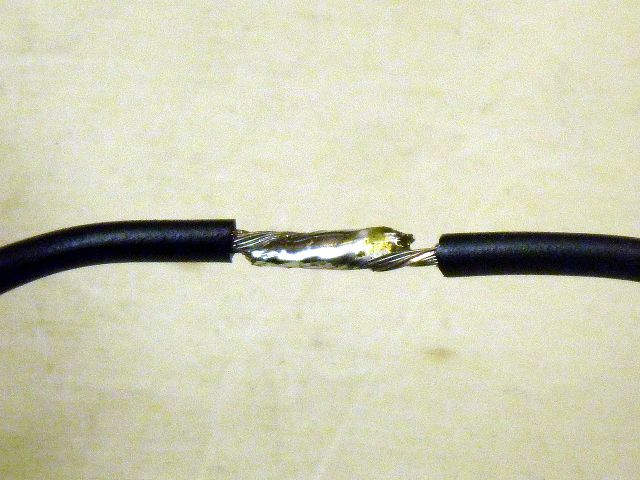For a good connection that can withstand lots of movement/bending, use:
- Solder
- Crimp terminals (either permanent "butt" connectors, or male and female terminals if you want to connect and disconnect)
- Screw terminals ("terminal block")

(Image from pixabay.com)

(Image from wikipedia.org)
For a more temporary connection that is quick to add/remove: Use spring-loaded terminals

(Image from dhgate.com)
For a hack that will work in a pinch but destined to eventually fail under light abuse: Twist the wires together and add wire nuts or tape.

(Image from cnc-plus.de)
This is all under the preface of "clear weather" as you had stated. Note that while weather can be "clear", hidden moisture in the air can still accelerate corrosion/rust over time, depending on the metals involved. Corrosion can lead to shorts or opens.








